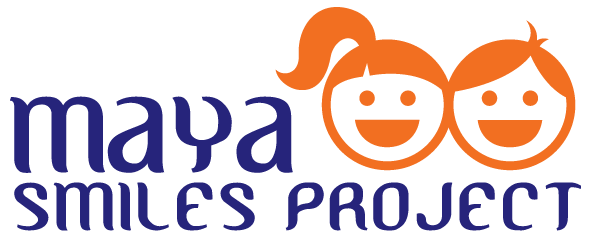Crypto Trading Asset List: A Comprehensive Overview
As the world of digital currencies continues to evolve, understanding the Crypto Trading Asset List visit website becomes increasingly vital for both novice and seasoned traders. This article delves into the essential assets that can form the backbone of any trading strategy in 2023. Throughout this guide, we will cover various cryptocurrencies, trading platforms, and other tools that are crucial for optimizing your trading experience.
Understanding the Basics of Crypto Trading
Before diving into the asset list, it’s crucial to grasp the fundamental principles that govern crypto trading. Unlike traditional assets, cryptocurrencies operate on a decentralized model, utilizing blockchain technology to facilitate transactions. This offers unique opportunities, but also introduces significant volatility and risk.
Key Terminology
- Blockchain: A distributed ledger technology that records all transactions across a network of computers.
- Wallet: A digital storage space for cryptocurrencies, which can be online, offline, hardware, or paper-based.
- Exchange: A platform where users can buy, sell, and trade cryptocurrencies.
- Altcoins: Any cryptocurrency other than Bitcoin, which includes thousands of alternatives.
Top Cryptocurrencies to Include in Your Trading Asset List
With thousands of cryptocurrencies available, selecting the right ones for your trading portfolio is crucial. Below are some of the top cryptocurrencies, which should be considered for your asset list:
- Bitcoin (BTC): The first and most well-known cryptocurrency, Bitcoin is considered a store of value and is often referred to as digital gold.
- Ethereum (ETH): Known for its smart contract functionality, Ethereum underpins many decentralized applications (dApps) and has a robust ecosystem.
- Binance Coin (BNB): Initially launched as a utility token for the Binance Exchange, BNB has evolved into a versatile asset used in various applications.
- Cardano (ADA): Known for its research-driven approach to development, Cardano aims to provide a scalable and sustainable blockchain platform.
- Solana (SOL): Highlighted for its high throughput and low transaction fees, Solana has gained popularity among developers and investors alike.
Other Notable Altcoins
While Bitcoin and Ethereum dominate the market, there are numerous altcoins that deserve recognition:
- XRP (Ripple): Designed for cross-border payments, XRP aims to facilitate faster and more cost-effective transactions.
- Polkadot (DOT): This platform enables different blockchains to transfer messages and value in a trust-free fashion, enhancing interoperability.
- Chainlink (LINK): As a decentralized oracle network, Chainlink allows smart contracts to securely interact with real-world data and external APIs.
Choosing the Right Trading Platforms
An essential aspect of trading cryptocurrencies is selecting the proper trading platform. Here are some popular options, each with its unique features:
- Binance: Known for its extensive selection of cryptocurrencies and low fees, Binance is a top choice for many traders.
- Coinbase: A user-friendly platform that’s great for beginners, Coinbase is known for its secure environment and educational resources.
- Kraken: This platform offers advanced trading features and margin trading options, appealing to more experienced traders.
- Bitfinex: Featuring a professional trading interface, Bitfinex is popular among institutional investors and offers advanced features.
Tools and Resources for Crypto Traders
In addition to knowing which assets to trade, utilizing the right tools can enhance your trading strategy. Here are some valuable resources:
Market Analysis Tools
- CoinMarketCap: This site provides real-time market data and insights into the performance of various cryptocurrencies.
- TradingView: With powerful charting tools and a community of traders, TradingView is perfect for technical analysis.
- CryptoCompare: This platform offers price comparison and analysis tools, aiding traders in making informed decisions.
News and Educational Resources
- CoinDesk: A leading news website in the crypto space, CoinDesk offers articles, podcasts, and research reports.
- Investopedia: Great for beginners, Investopedia provides educational content focused on finance and investment strategies.
- Crypto YouTube Channels: Many analysts and enthusiasts provide insights and tutorials on trading strategies and market trends.
Trading Strategies to Consider
Once you’ve established your asset list and chosen your platform, it’s time to think about your trading strategy. Here are some common approaches:
Day Trading
Day trading involves buying and selling assets within the same day to capitalize on short-term market fluctuations.
Swing Trading
Swing traders hold assets for several days or weeks, aiming to profit from expected price movements based on technical analysis.
HODLing
This long-term investment strategy involves purchasing assets and holding them over extended periods, regardless of market volatility.
Conclusion
The crypto trading landscape is dynamic and continually evolving. By understanding the essential cryptocurrencies, leveraging the right trading platforms, and utilizing valuable resources, you can build a solid trading asset list. Remember to stay informed, practice risk management, and continually educate yourself as you navigate this exciting financial landscape.








Leave A Comment